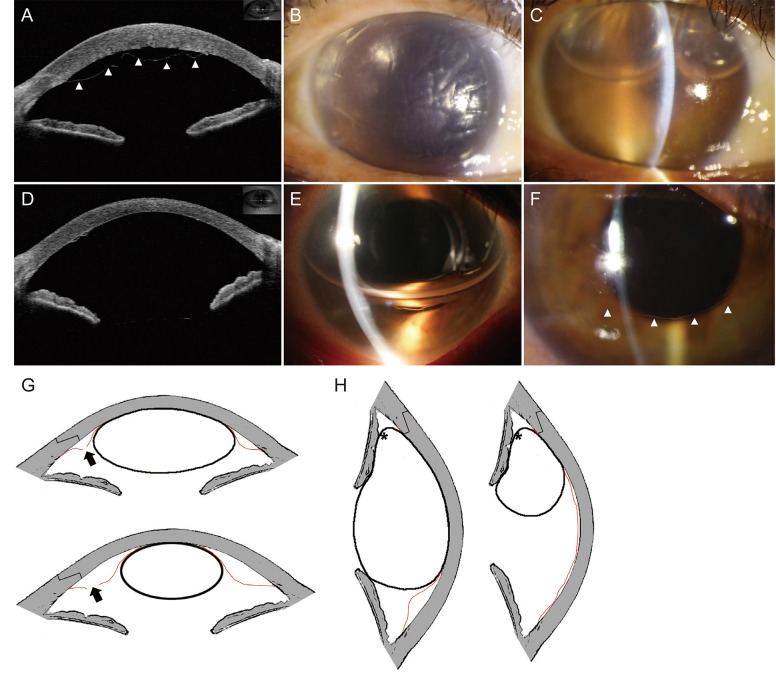Korean J Ophthalmol.
2020 Apr;34(2):173-175. 10.3341/kjo.2019.0119.
Importance of Head Position after Gas Tamponade in Bilateral Descemet's Membrane Detachment Following Cataract Surgery
- Affiliations
-
- 1Department of Ophthalmology, HanGil Eye Hospital, Incheon, Korea.
- 2Department of Ophthalmology, HanGil Eye Hospital, Catholic Kwandong University College of Medicine, Incheon, Korea.
- KMID: 2507419
- DOI: http://doi.org/10.3341/kjo.2019.0119
Figure
Reference
- Full Text Links
- Actions
-
Cited
- CITED
-
- Close
- Share
- Similar articles
-
- A Case of Total Descemet's Nembrane Detachment Treated by Non-expansible SF6 Gas Iinfusion.
- Case Series of Descemet Membrane Detachment Associated with Cataract Surgery
- Three Cases of Descemet's Membrane Detachment after Cataract Surgery
- Spontaneous Reattachment of Descemet's Membrane Detachment at Postoperative Two Months, Which Occurred During Cataract Surgery
- A Case of Surgical Repair of Extensive Descemet's Membrane Detachment during Cataract Surgery


